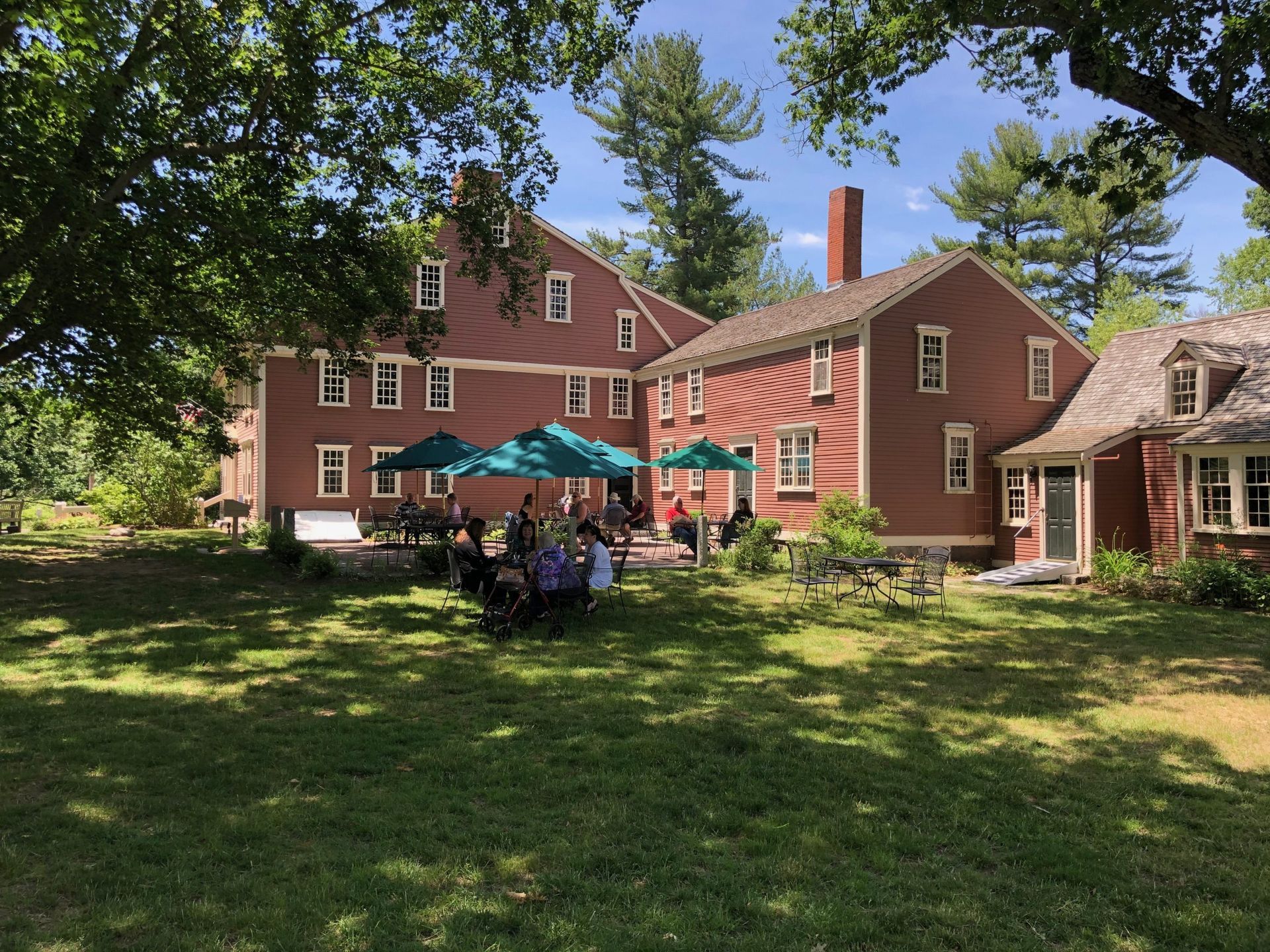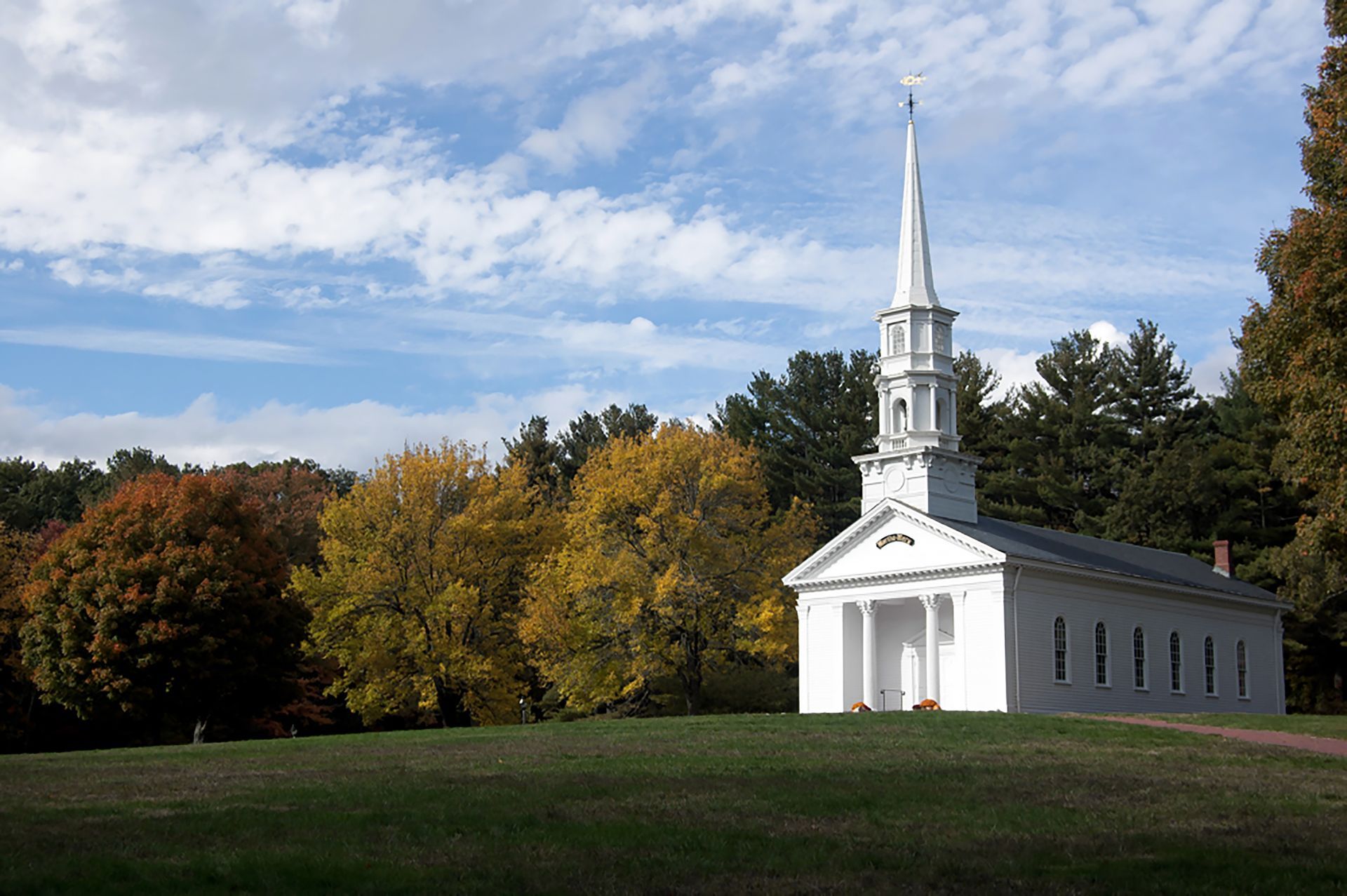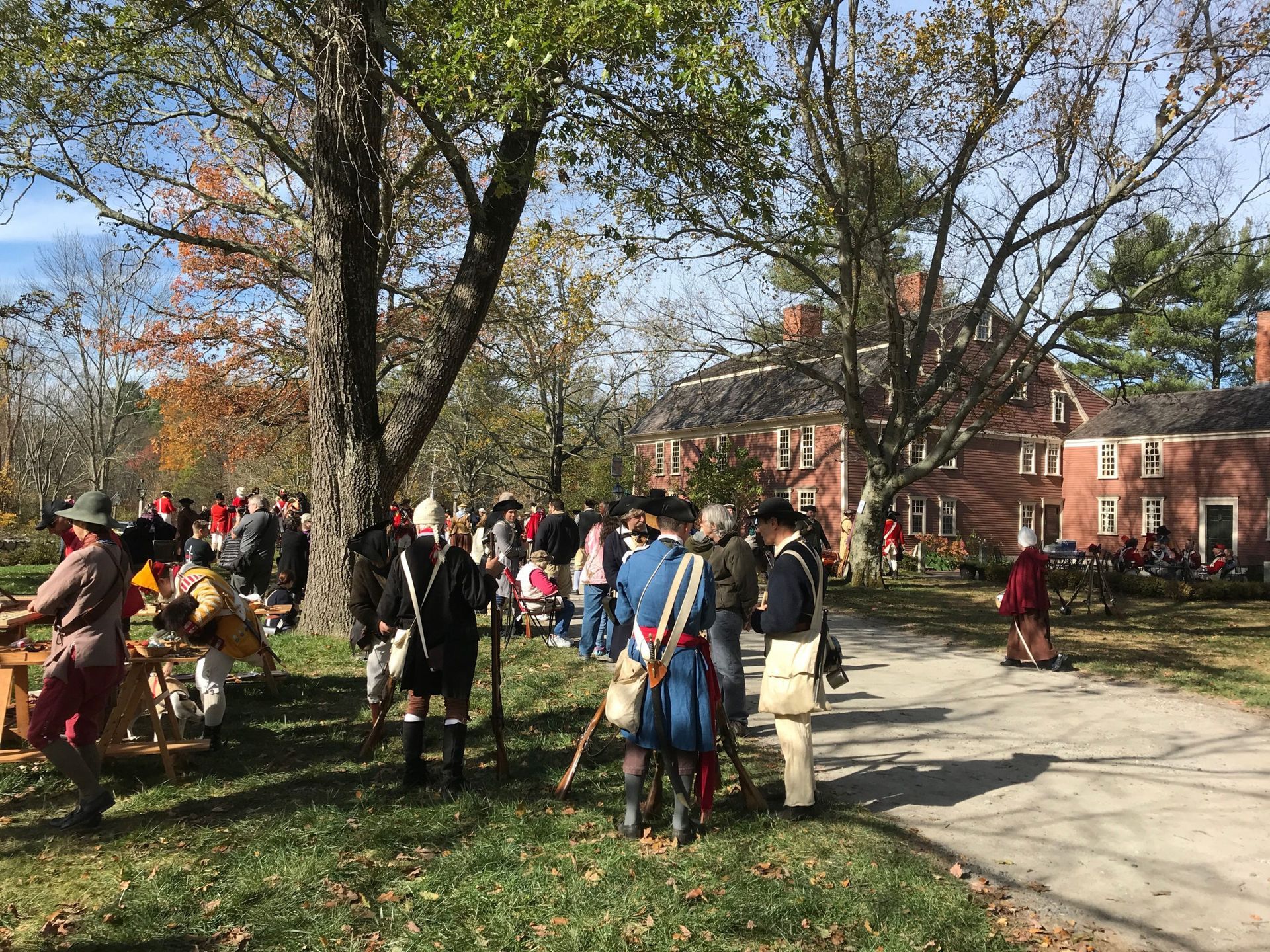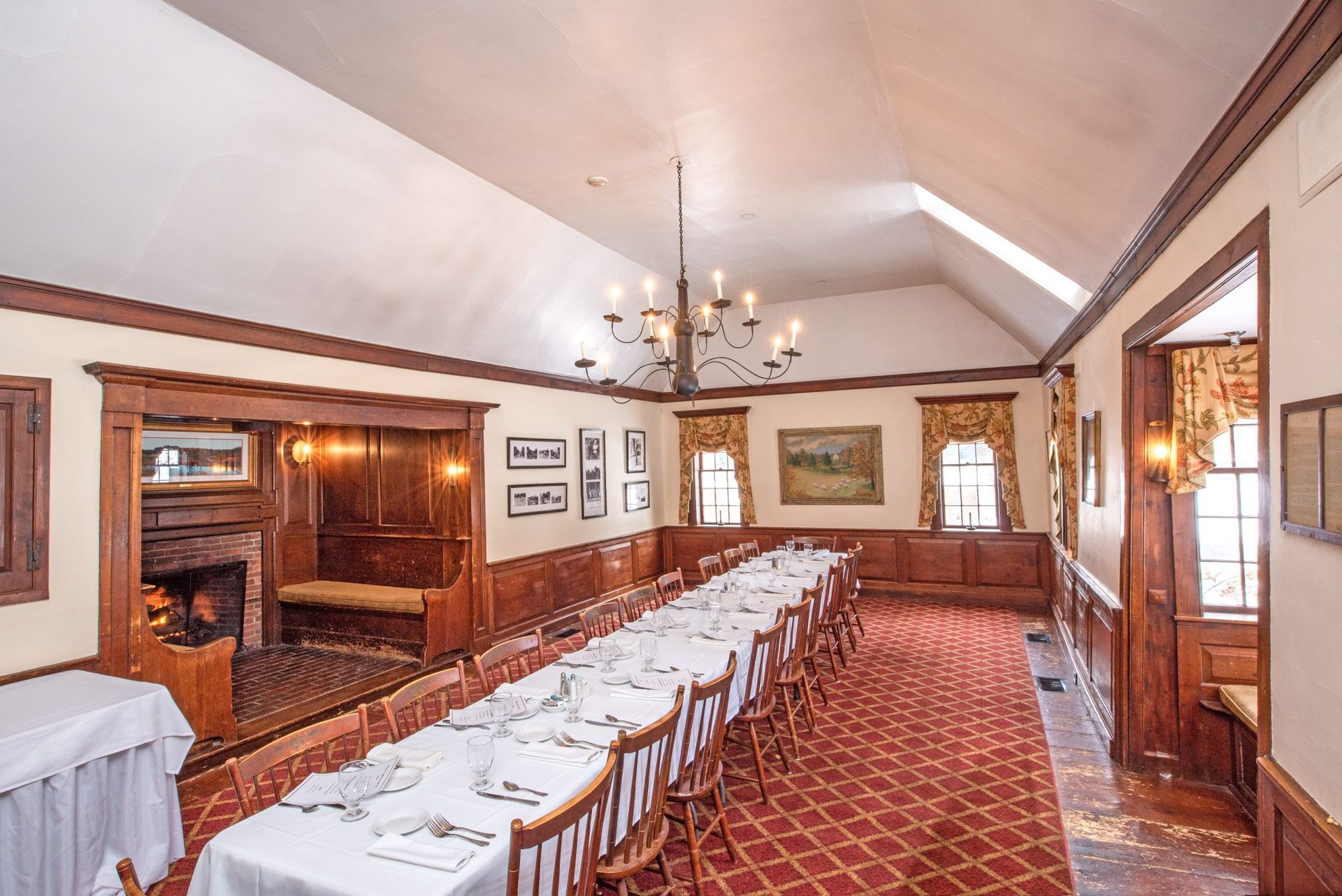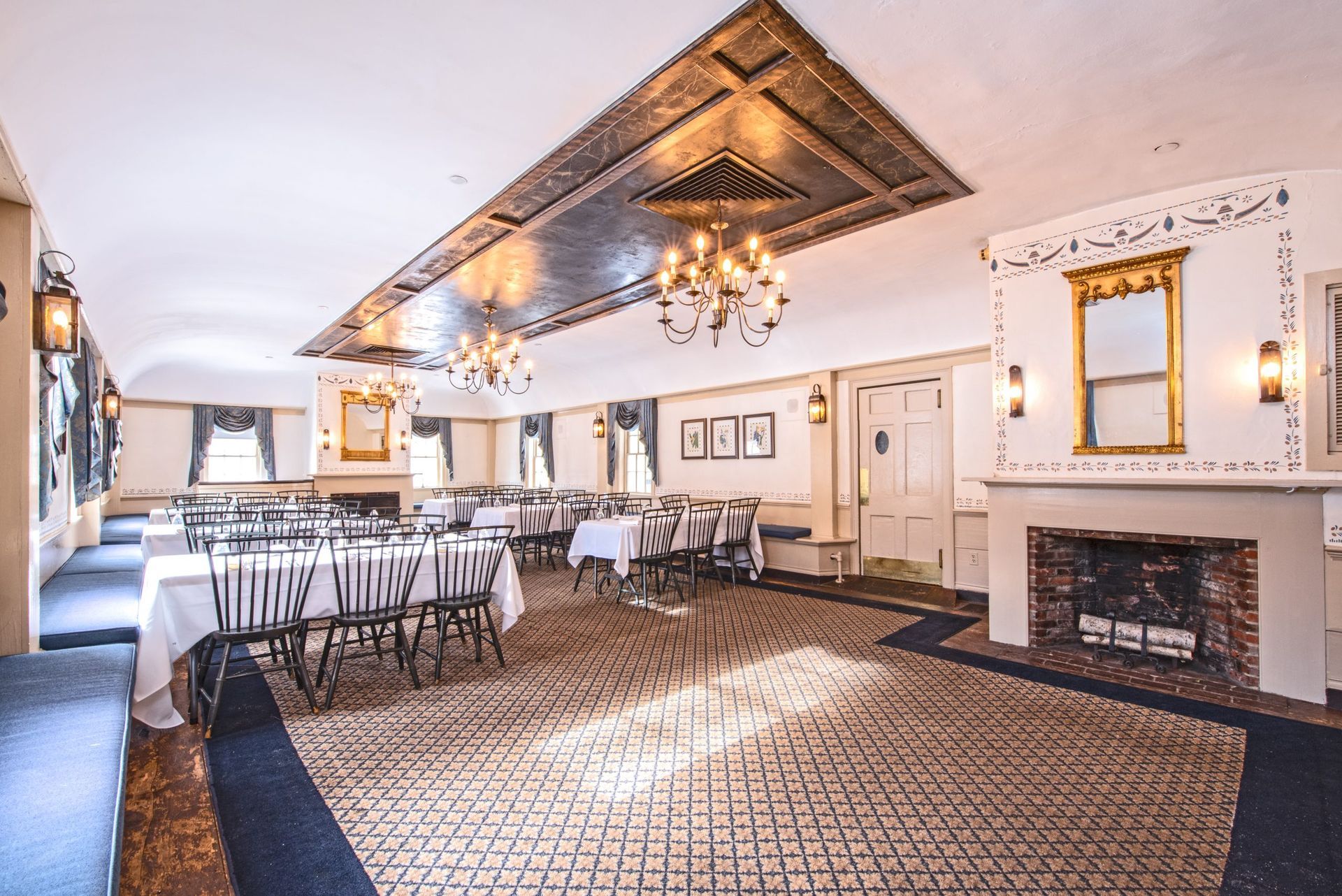
Dining and Function Rooms.
You are welcome to dine or host functions in a variety of unique spaces at Longfellow’s Wayside Inn. All of our dining rooms have fireplaces (operated seasonally), period decor, their own special charm, and vary in size so we can accommodate both small and large parties.
